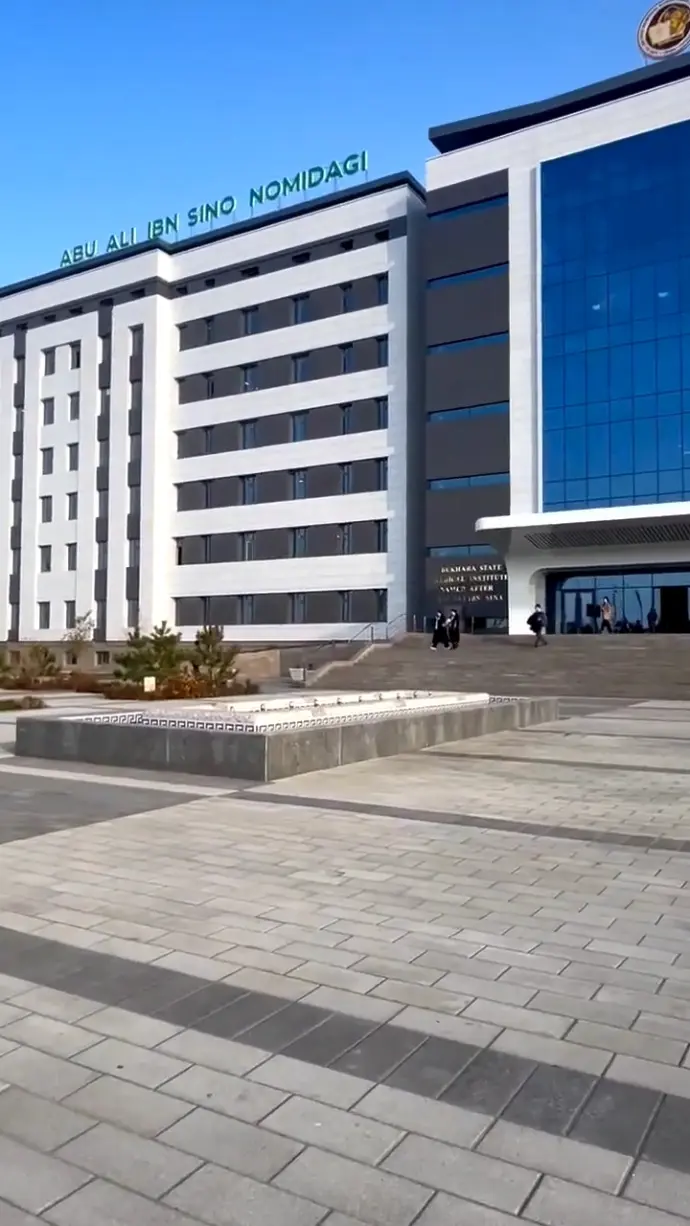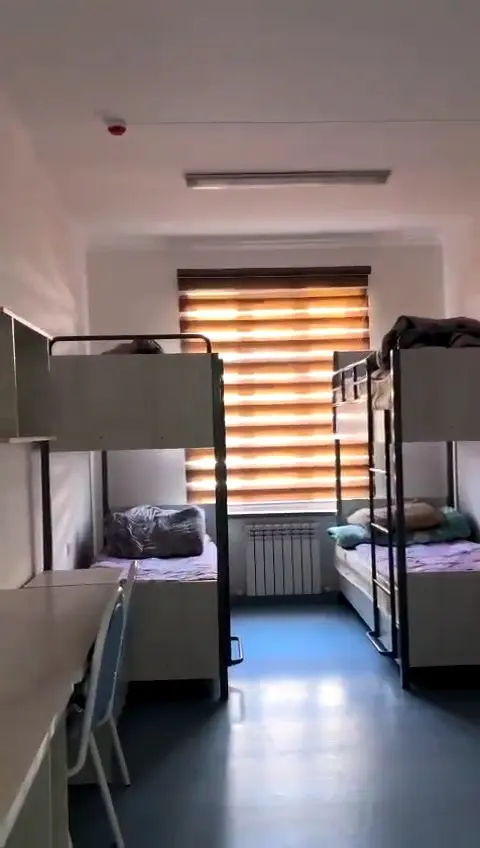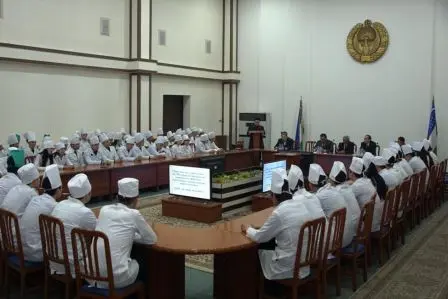BUKHARA STATE MEDICAL INSTITUTE
Duration: 6 years (5 years academic + 1-year internship)
📚 MBBS Curriculum Structure
Year 1:
Anatomy
History of Medicine
Year 2:
Biochemistry
Histology
Psychology & Pedagogy
Microbiology
Cell Biology
General Pathology
Year 3:
Pharmacology
Pathology
Pathophysiology
Genetics
Principles of Clinical Medicine
Years 4-6:
Pediatrics
Oncology
Neurology
Psychiatry
Obstetrics and Gynecology
Emergency Medicine
General Surgery
Internal Medicine
Primary Care Medicine
ENT (Ear, Nose, and Throat)
Cardiology
The final year focuses on clinical rotations and hands-on training in affiliated hospitals.
🏢 Campus Facilities
Hostels: Separate accommodations for male and female students with modern amenities
Library: Well-stocked with a vast collection of medical literature
Cafeteria: Offers diverse cuisines catering to international students
Technology: Equipped with modern laboratories and research facilities
🌐 International Collaborations
Turkey
South Korea
India
Germany
China
European Union countries: Offers student mobility and credit transfer opportunities under Erasmus+ and other global programs.

Campus
Bukhara State Medical Institute's campus in Uzbekistan offers a modern, student-focused environment. It features state-of-the-art laboratories, spacious lecture halls, and a well-stocked library to support academic excellence. Students enjoy comfortable, secure hostels with amenities like Wi-Fi, gyms, and shared kitchens. The campus fosters holistic development through cultural events, sports, and practical medical training.

Hostel
Bukhara State Medical Institute's hostel offers secure, comfortable accommodations for students. Rooms are well-furnished with beds, study tables, wardrobes, and central heating. Facilities include 24/7 electricity and water, Wi-Fi, shared kitchens, laundry rooms, and gyms. Separate floors for male and female students ensure privacy, while wardens and CCTV provide safety.

Classroom
Bukhara State Medical Institute's classrooms are modern and well-equipped, designed to enhance medical education through interactive learning. They feature advanced teaching aids, multimedia systems, and simulation tools, supporting practical training and clinical exposure. Spacious and comfortable, these classrooms foster a conducive environment for students to engage deeply with medical sciences.